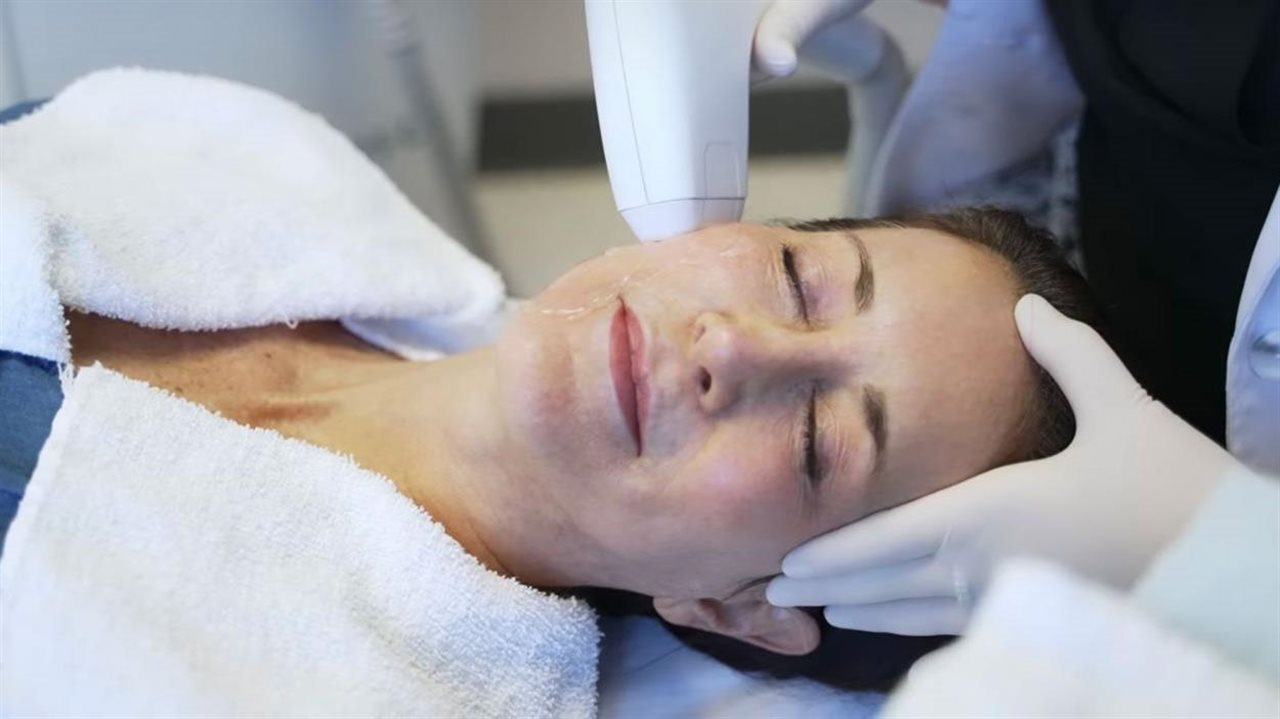2024-07-15T08:01:00
(BPT) – Recent shifts in interior design trends have made way for a kitchen style that marries elevated elegance with function: the invisible kitchen. Also known as the no-kitchen kitchen, this design style prioritizes a clutter-free space with a cohesive, luxe aesthetic achieved through the seamless integration of kitchenware and appliances.
Whether you’re planning a full kitchen revamp or simply upgrading certain elements, an invisible kitchen offers a luxurious way to elevate functionality and design. Get to reimagining with these four tips.
1. Seek sleek, invisible storage solutions
Invisible storage solutions can easily clear cluttered countertops and overflowing cabinets, creating a sleek-looking kitchen. Consider introducing pullout pantry shelves, sliding drawers, turntables, and panels to your existing cabinetry. These additions easily conceal food, dishware and kitchen appliances and allow you to quickly access essentials whenever you need.
Not only will storage solutions create a clean, streamlined and elevated look, but they can help efficiently maximize every inch of kitchen space.
2. Introduce flush-to-cabinet appliances
Seamless integration of appliances is a necessity of the invisible kitchen. When shopping for major appliances like dishwashers and refrigerators, opt for panel-ready flush-to-cabinet models that offer a cohesive, unbroken design of your space.
For example, the daring JennAir® Fully Integrated Dishwasher offers an integrated design that suits all design aesthetics. Available panel-ready and in JennAir® RISE™ and NOIR™ design expressions, the dishwasher can camouflage effortlessly with cabinetry for a luxe and cohesive look. Best of all, JennAir is the quietest luxury dishwasher brand based on normal cycle, so it allows users to experience tranquility while it runs, creating a soothing environment while tackling any size mess thanks to the High-Capacity third level rack.
If you’re looking to extend the flush-to-cabinet aesthetic to the rest of your kitchen, JennAir also offers panel-ready, Built-In Refrigerators and Columns that can easily elevate and integrate into your current kitchen setup.
3. Hone in on multifunctionality
Incorporating multifunctional elements into your kitchen creates a dynamic and efficient space that adapts to your diverse needs without sacrificing beauty. A great place to start is the kitchen island.
A kitchen island is a versatile feature in any home. The island serves as a workspace for cooking, a gathering spot for guests, a storage solution for cookware, and can even discreetly house major appliances.
Enhance your kitchen island by integrating a stovetop like the JennAir® Electric Radiant Cooktop. The sleek oblivion glass with a fully flush install allows you to hide the appliance in plain sight. Plus, intuitive emotive controls are elegantly designed with clear, white LEDs that adjust the cooking temperature with just a light touch. If you’re looking to take your invisible kitchen a step further, this cooktop is also available with built-in downdraft ventilation, eliminating the need for a hood.
You can add even more function to your kitchen island with a JennAir® panel-ready undercounter refrigerator drawer. Surprise and delight guests by providing a glass of champagne or chilled white without ever leaving the island!
4. Achieve luxury with hidden lights, outlets and handles
Hidden details can turn any standard kitchen into a sophisticated space outfitted to wine, dine and entertain.
Consider installing concealed under-cabinet lighting to illuminate the kitchen area and up the ambiance without ruining the aesthetic. Push-to-open cabinets or integrated handles can also allow you to easily access whatever ingredients or cookware you need while creating a more modern and minimalist look. The same is true for hidden electrical outlets that are recessed or use a pop-up mechanism.
The invisible kitchen does more than just conceal clutter. Using these four tips, you can begin your journey to having a kitchen that’s not just functional, but refined.























